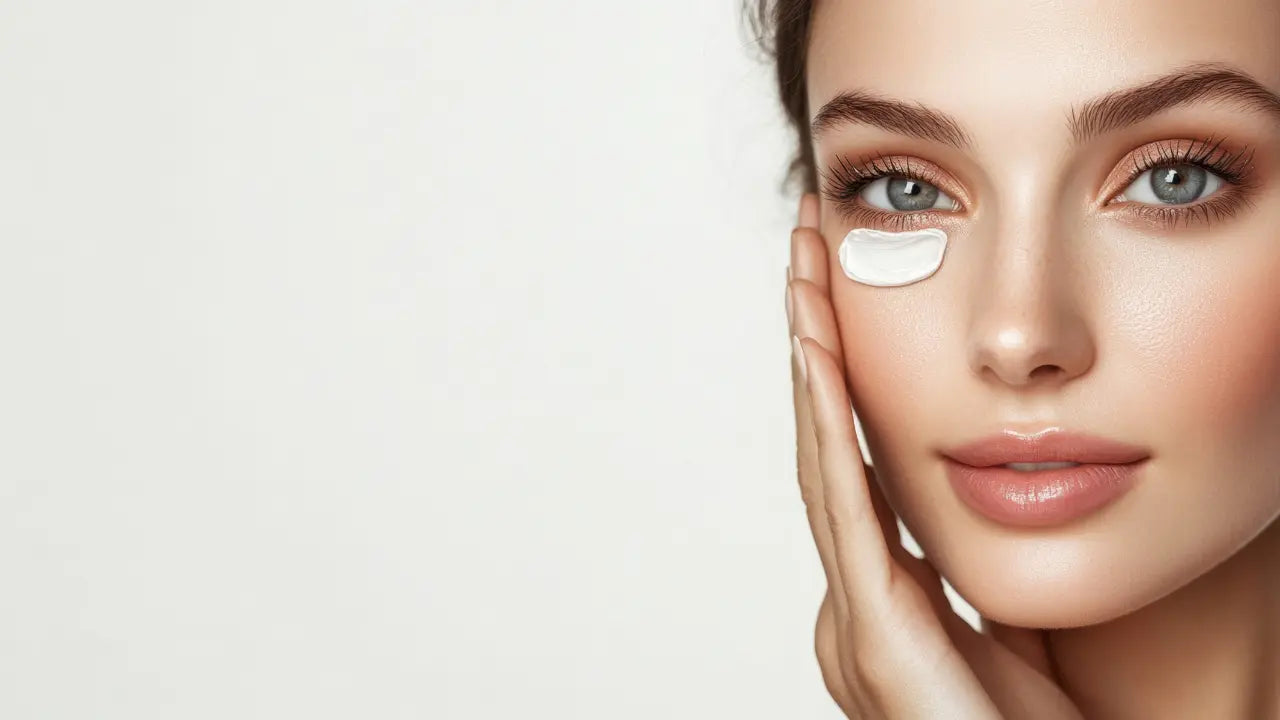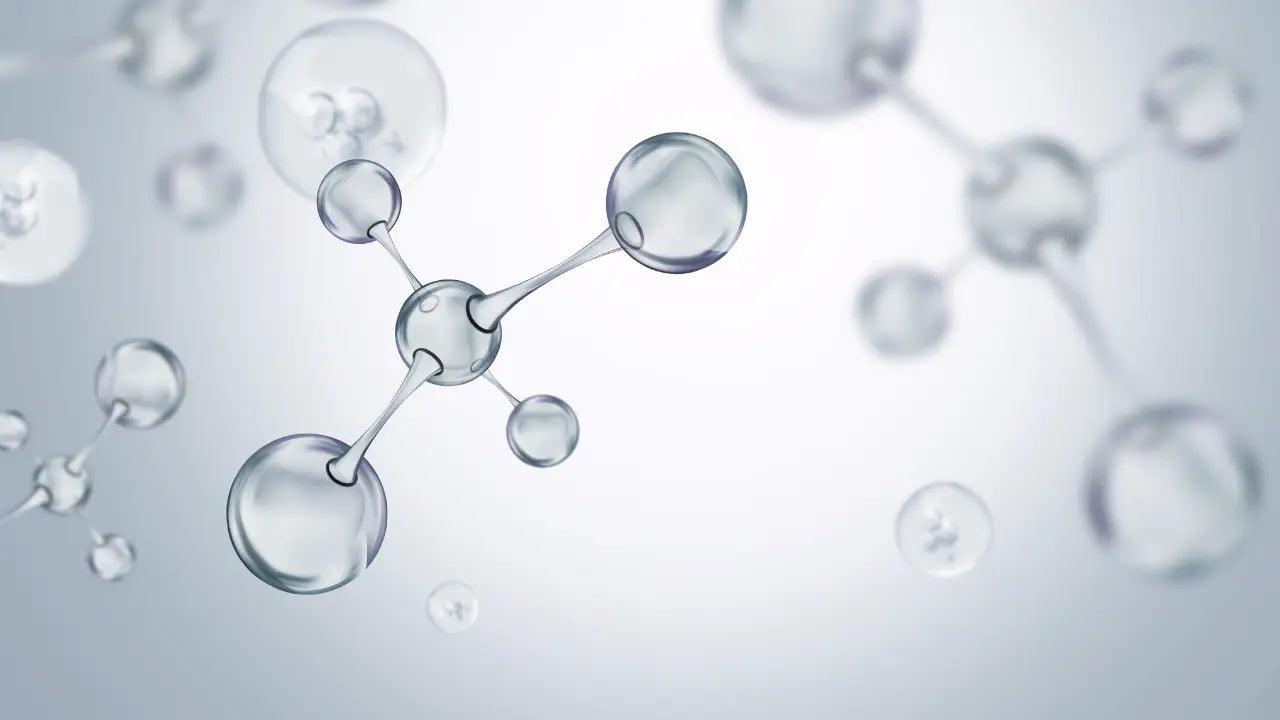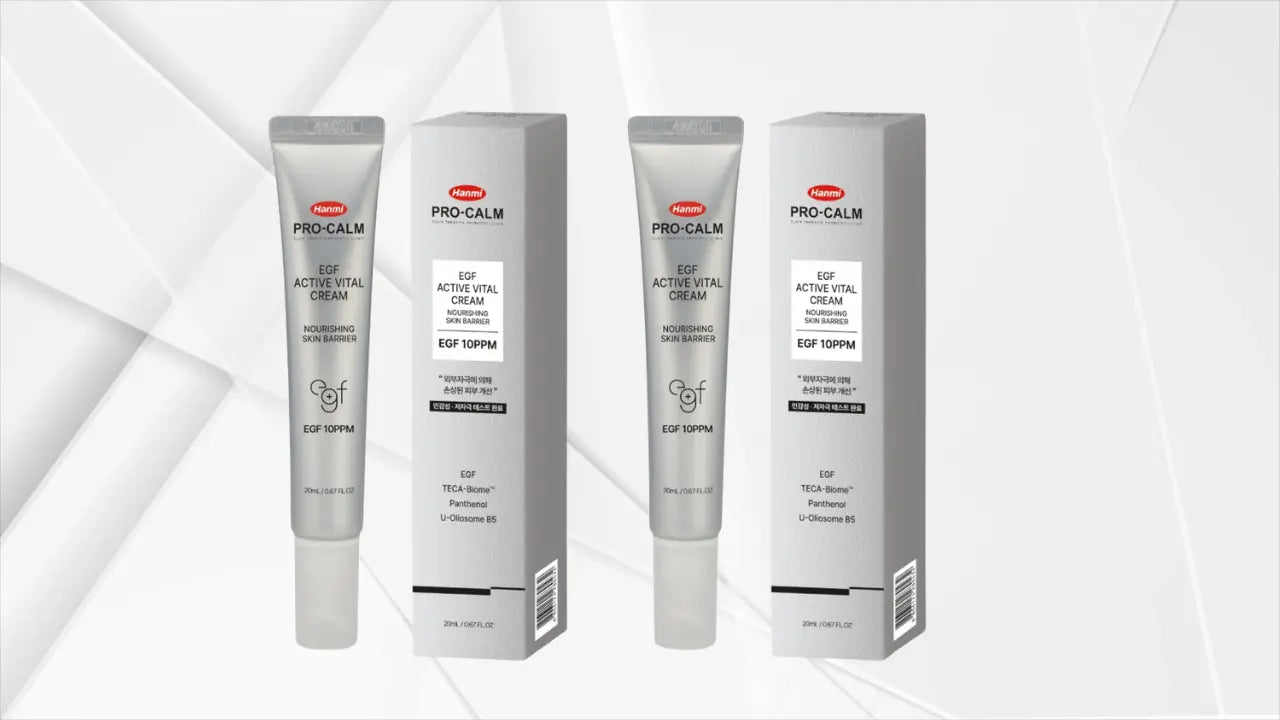The Biorecipe hair pack has been trending for a reason, and I’ll say it upfront because it matters for searchers like you: biorecipe hair pack is the exact phrase many people type when they’re trying to figure out if this creamy K-beauty mask actually helps dry, bleached, or frizzy hair. I’ve spent time digging into the ingredient logic, paired it with dermatologist-backed care tips, and tested how it fits in a realistic routine so you can decide if it’s worth a spot in your shower.
What the Biorecipe hair pack is and what it isn’t
Think of this mask as a concentrated conditioner designed to sit on the hair a bit longer than your daily rinse-out, with a formula that leans on amino acids, low-molecular proteins, lightweight oils, and modern conditioning agents. It’s not a miracle fix for split ends, and it won’t rewrite months of heat damage in one shower, but in my testing it tended to soften rough cuticles, reduce snagging, and make blow-drying less of a tug-of-war. Those results line up with what dermatologists teach about basic hair care: conditioning after you wash helps detangle and makes hair easier to manage, especially if your lengths are dry or curly. You’ll see that theme repeated in professional guidance because it works as a simple baseline. Dermatologists’ tips for healthier hair.
If you prefer an anchor product link while you read, here’s the exact item I’m referring to on our store: Biorecipe 1 Sec Damage Care Hair Pack. I’ll explain how and when to use it below, including who may love it and who should go slower.
Ingredients and how they work on damaged hair
The backbone of masks like this is protein and amino acid chemistry. Hair itself is mostly keratin, a protein that gives each strand its structure; when bleaching or heat styling disrupts keratin bonds and chips away at the outer cuticle, hair feels rough and breaks more easily. Many modern conditioners add small, hydrolyzed proteins and free amino acids that can cling to damaged sites or even diffuse a bit into the hair shaft, which improves slip and sometimes tensile strength in a way you can actually feel while combing. A 2023 scientific review explains why the size of these fragments matters: tiny hydrolysates can move into the hair fiber, while larger polymers tend to coat the surface and smooth the cuticle. That surface-and-interior balance is the whole reason protein-rich masks help high-damage hair feel more cooperative. How small hydrolyzed proteins can diffuse into hair. pmc.ncbi.nlm.nih.gov
Among the non-protein helpers you’ll often see is panthenol, a humectant that binds water and can interact with hair proteins. Mechanistic work published in 2025 suggests panthenol may form hydrogen bonds with keratin, nudging up tensile strength in treated fibers. In real life that tends to translate to fewer snags and a smoother glide, especially when you’re heat-drying after a rinse. The change isn’t dramatic for everyone, and concentration as well as the rest of the formula matter, but it’s one reason masks feel more than just slippery in the shower. Panthenol may bond with hair proteins and improve tensile properties. PubMed
Then there’s the silicone conversation. A lot of people worry they’ll get buildup, but it’s more nuanced than “silicones are bad.” Amino-functional silicones like amodimethicone carry a mild positive charge in conditioner environments, which helps them deposit more on the negatively charged, damaged parts of hair. That selective coating is what makes rough lengths feel like they’ve been ironed flatter, without the heavy waxy blanket that older, non-functional silicones sometimes leave behind. A comprehensive 2025 review notes this targeted binding behavior and positions new silicone families as more precise and, in many cases, easier to formulate responsibly. Amodimethicone targets damaged areas for selective conditioning. pmc.ncbi.nlm.nih.gov
Light plant oils round out the formula story by filling in slip gaps and helping with shine. On my bleached test pieces, the effect was unmistakable after one minute of contact time: less friction between strands, a quicker comb-through, and a smoother finish once dry. It’s also fair to level expectations. Protein and oils can’t “heal” torn cuticles, and when ends are frayed like paintbrush bristles, only a trim truly removes the damage. But by reinforcing the surface and improving glide, a mask like this can reduce the day-to-day wear that comes from brushing and heat. For a broader primer on how conditioners accomplish this, the classic International Journal of Trichology overview is still one of the best foundational reads, even if it’s older; it describes how hydrolyzed proteins deposit, how damaged hair holds more of them, and why heat can amplify that sealing effect. Hair cosmetics overview (widely cited foundational review). journals.lww.com
Protein vs moisture balance
If your hair snaps when stretched, you likely need more slip and flexibility, not just more protein. In my routine I rotate this mask with a silicone-light, glycerin-rich conditioner on humid days to avoid stiffness. Damaged hair often loves a little protein frequently rather than a lot all at once. If your lengths feel squeaky, rigid, or weirdly puffy after a mask, back off the frequency and increase simple moisture between treatments.
Where silicones fit in modern hair care
Amodimethicone earns its keep when you heat-style or live in high humidity, because smoothing the cuticle reduces frizz and tangling. If you prefer to rotate, do a clarifying wash every couple of weeks when hair is feeling coated, or just switch to a silicone-lean day. The current science is less about fear and more about fit: pick the finish you like and adjust cleansing to match. The selective-deposit behavior I mentioned above is why amodimethicone often feels lighter than a generic dimethicone layer. Why selective deposition matters in conditioning. pmc.ncbi.nlm.nih.gov
Variants, scents, and how to choose your fit
Most listings you’ll see mention a White Musk or Green edition, sometimes with notes about “17 amino acids” or “LPP” (shorthand for low-molecular proteins). That’s marketing language for the same idea: smaller protein fragments and amino acids work alongside conditioning agents to make damaged lengths feel silkier. If you’re scent-sensitive, the musk reads clean-laundry to me in the shower and softens as hair dries. For fine textures that go limp easily, start with less product than you think you need; this formula is concentrated, and a nickel-sized amount per quadrant can be plenty. Coarser curls tend to appreciate a bit more, applied in sections with water added in between to keep slip high instead of pasty.
If you want to cross-check the product I used, the listing on our site is the same jar, and the usage directions match the many retailer pages you’ll find online. I’d still say check your label, because ingredients can vary by batch or fragrance. The goal isn’t to memorize acronyms but to feel the after-rinse glide and see whether your hair’s behavior improves over a few washes.
Who it’s for (and who should be cautious)
If your hair is bleached, highlighted, or regularly heat-styled, masks like this can be part of a low-drama plan to reduce roughness and breakage from daily wear. In my experience, the biggest gains show up on mid-lengths and ends that feel “grippy” when dry. Curly and coily hair, which has a more open cuticle by geometry, also tends to love the extra slip. That said, very fine, straight hair can feel weighed down if you overapply or leave it too long; a shorter contact time or just targeting the last third of your hair usually fixes it. For everyday baseline care, dermatologists still recommend simple behaviors like concentrating shampoo on the scalp and always following with some form of conditioner on the lengths. You can treat this mask as a weekly or biweekly upgrade to that core routine. Dermatologists’ conditioner basics you can adapt. Америкийн Сувилагчдын Академи
If fragrance makes your scalp cranky, go slow and patch test behind the ear, especially with musk-forward scents. Because masks include richer oils, rinse thoroughly around the hairline and neck so leftover emollients don’t sit on skin. I like to follow a hair-mask shower with a gentle face cleanse, which I’ll talk about below.
Patch test and fragrance awareness
Apply a pea-sized amount to a small section near the nape for your first try, and give it a full wash day to make sure you’re not seeing redness or itching later. This is more about personal reactivity than the idea that hair masks are inherently risky. If all is calm, scale up on your next wash.
How to use the Biorecipe hair pack and routine pairings
I start with a scalp-focused shampoo so I’m not stripping the ends. After squeezing out extra water, I work a small amount of mask through the bottom half of my hair and add water with my fingers to keep it slippery rather than thick. One to three minutes has been enough on most days; if my hair feels extra rough after a highlight, I’ll go to five. While the mask sits, I do a quick face cleanse to keep rich rinse-off from lingering on skin. When I’m using oils or silicone-rich masks, this little detour keeps my pores happier.
That’s where pairings come in. If you like a minimalist, no-pilling double cleanse post-mask, a light first cleanse is helpful. I reach for Anua Heartleaf Cleansing Oil to dissolve any residue that dripped onto my hairline or neck while the mask processed. On days when I’ve used more styling product, I follow with a gentle second step like the Hera Refreshing Cleansing Foam so my face isn’t competing with leftover hair emollients. If hot water leaves your cheeks feeling tight, sealing with the AESTURA Atobarrier 365 Cream right after your shower makes a noticeable difference once you step into air-conditioning.
Once hair is rinsed and towel-dried, I comb with a wide-tooth tool from ends upward. Even this simple technique reduces damage over time, and it’s straight from dermatologist playbooks. If flyaways show up after air-drying, I like tapping a tiny amount of the KAHI Wrinkle Bounce Multi Balm across mid-lengths to tame halo fuzz; it’s a makeup-bag product, but it doubles as a finishing balm on very dry ends. Simple, gentle habits like these do most of the heavy lifting for hair health, and they complement any mask you decide to keep. Everyday hair-care behaviors endorsed by dermatologists
Behind the scenes, the reason these steps work is still the physics of hair. Proteins, cationic conditioners, and certain silicones reduce friction between strands so fewer fibers snap as you manipulate them. That’s where the modern science is reassuring: the latest reviews describe how functionalized silicones and cationic polymers deposit preferentially on damaged sites, rather than gluing everything into a heavy shell, which is why your hair can feel smoother without going flat if you don’t overdo it. Physicochemistry of conditioning and targeted deposition. pmc.ncbi.nlm.nih.gov
Comparisons and narrative FAQs
Is this a conditioner or a mask? Functionally, it’s a mask because the formula concentrates conditioning actives and benefits from a little dwell time, but you can also use it like a rich conditioner on rushed days. If your hair is very fine, try alternating with a lighter daily conditioner so you keep buoyancy without losing slip.
Will this fix split ends? No topical does; trimming removes frayed tips. What a mask can do is reduce the friction and moisture loss that make ends look frizzier between cuts. It’s more “make the best of the length you have” than “reverse damage,” and that mindset keeps expectations realistic.
Do silicones cause buildup? They can if you layer too much, but amino-functional versions such as amodimethicone behave differently. They aim for damaged areas first, form a thinner film, and are easier to keep in balance if you rotate clarifying washes or just wash a bit more thoroughly on styling-heavy weeks. The newest review literature frames them as targeted conditioners rather than universal plastic coatings, which matches my experience on bleached hair. Amodimethicone’s selective binding explained. pmc.ncbi.nlm.nih.gov
How does it compare to protein-free masks? If your hair is close-virgin and mainly dry from weather, a silicone-light, glycerin-rich conditioner may feel bouncier. If you’ve got bleach history, protein-assisted formulas tend to show bigger payoff because the damaged surface attracts those fragments and cationic agents more strongly. The foundational literature documents higher protein deposition on chemically treated hair, which is why bleached lengths often respond so dramatically. Why damaged hair holds more of these actives. journals.lww.com
Is there a “right” contact time? There’s no magic minute. I’ve had good results with one to three minutes for day-to-day, and up to five after heavy heat use. Leaving a rinse-out on for twenty minutes doesn’t always mean more benefit; once the surface is saturated and slip is high, rinsing and moving on with careful detangling may preserve more volume.
What if I want a fully silicone-free routine? You can absolutely do that. Look for fatty alcohols, behentrimonium chloride, and amino-acid blends for slip, then keep expectations realistic about frizz control in humidity. The big lever is still technique: shampoo the scalp, condition the lengths, avoid aggressive towel-rubbing, and detangle with patience. Those behaviors are free and effective. Simple technique matters as much as product.
The biorecipe hair pack fits neatly into a routine built on gentle cleansing and smart conditioning. On chemically treated or heat-worn hair, the mix of amino acids, low-molecular proteins, oils, and targeted conditioners can make hair feel softer, look shinier, and behave better through wash-and-style. It won’t erase split ends or replace trims, and results vary by thickness and porosity, but if you want a realistic way to reduce tangles and roughness, it’s a sensible upgrade. If you’re ready to try it in your own routine, you can find it here as the Biorecipe 1 Sec Damage Care Hair Pack, and pair it with the simple care habits and light skincare clean-up I’ve outlined so both your hair and skin end up happy at the end of a steamy shower.




